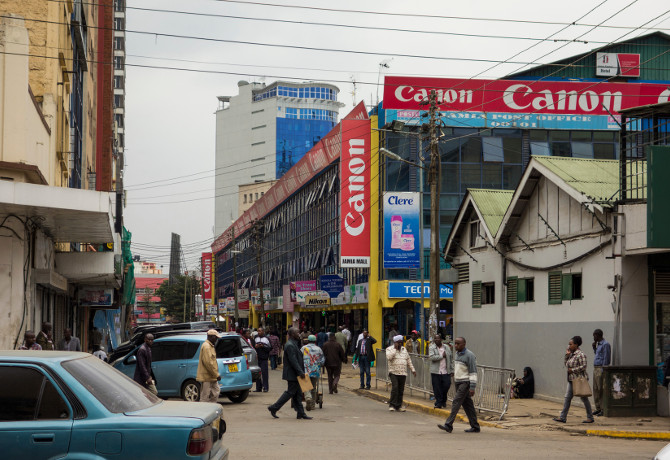Local Kenyan companies are fighting back against the encroachment of international brands, writes Daniel Oseman, Kantar TNS client service director, East Africa.

Kenya is considered the economic powerhouse of the east African region. It is a major transport, financial and logistics hub and, until recently, had one of the fastest growing economies in Africa. With relatively stable political, legal and economic structures, Kenya and the wider East Africa region has long been eyed as the next frontier of growth in the FMCG space.
The prevailing logic has long been that as the economy grows, disposable income will become more abundant and consumer tastes will become more sophisticated, encouraging people to replace cheaper, lower quality local products with higher value international brands.
However, many established international companies that have entered the market have been surprised by the fierce competition posed by their local rivals. These firms have shown remarkable strength by maintaining and sometimes even expanding their market share in the face of international competition, whilst also diversifying into new product categories.
This has forced many multinationals to downsize or re-think their plans for the region, with some withdrawing all together from the East African market.
So what helps local African companies outshine their global counterparts?
Price-quality conundrum
Price and value are key determinants of consumer behaviour worldwide. In low income markets such as Kenya, a small price differential can have an outsized impact on demand. The conventional perception has been that multinationals offer premium quality goods and services at a higher price, whereas local brands offer lower quality at more affordable prices.
The rising middle class of well-educated and aspiring consumers are often willing to accept this trade-off in order to achieve the status and quality that international brands bring to the table. But this demographic remain a small minority of consumers in Kenya and across the wider region.
For the majority, pricing remains the overriding factor once a basic level of quality is assured. Local brands have not been passive in the face of competition of higher quality international brands. In many cases they have sort to improve perception of their own quality, whilst striving to maintain an acceptable price point.
“Local brands have not been passive in the face of competition of higher quality international brands”
A good example would be the rise of Keroche Breweries. This is a local beer producer that has progressively eaten into the market share of a large internationally owned brewer that traditionally controlled about 95% of the market.
Keroche achieved this by launching an economically-priced product, but with a branding campaign that focused on quality. The campaign featured images of Kenyan master brewers sampling their products in golden fields of wheat, whilst stressing the 100% purity of the product. This appealed to the increasingly discerning Kenyan beer drinker, but maintained a price point that they could afford.
It is this subtle balance between steady pricing and improving product quality that has often given local producers the edge over international rivals.
Introducing the Kadogo economy
‘Kadogo’ is Kenyan slang for ‘small’. Financial constraints mean that for large numbers of consumers, meeting their daily basic needs can be a challenge. Understanding this, many brands have introduced the idea of the ‘Kadogo economy’, selling commodities at their lowest divisible level and allowing consumers to make small daily purchases using the limited funds they have, rather than pricing them out of the market with large unit prices. This has proven extremely popular in Kenya, with brands who fail to adapt to this reality losing out.
Safaricom CEO Bob Collymore has gone as far as acknowledging the need to embrace the kadogo economy, and has subsequently introduced the smallest mobile airtime bundles in the market. This has helped Safaricom expand its share amongst the mass of consumers even as competitors cut overall tariff rates, and allowed them to maintain their position as the best performing telecom provider in the sub-Saharan region.
Distribution
Local brands have an experience and knowledge of the market that often eludes international firms making their first foray into the market. In an economy such as Kenya, the institutional structures that underpin and facilitate the retail sectors in other parts of the world often operate very differently. In such a context local knowledge, informal business networks and in some cases familial ties can tip the balance in a brands favour.
The local business community has proved very adept at exploiting this advantage to ensure they avoid the regulatory red tape that has often hampered the distribution and production capacity of less plugged-in multi-national firms. This is something that many multi-nationals have struggled to overcome, although there is increasing acceptance of the need to tap into local knowledge to ensure international success can be replicated locally.
Overall, local providers of FMCG products have proven more nimble and adaptive in building robust, cost effective distribution and production networks that ensure their goods achieve the right balance of price versus quality, whilst translating this to the consumer more effectively than many international competitors.
This is what drives the success of local brands in one of Africa’s most important consumer markets.







